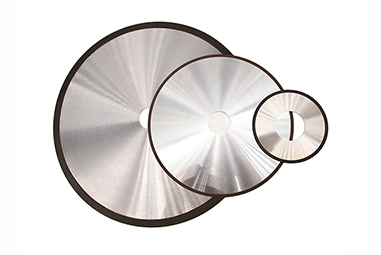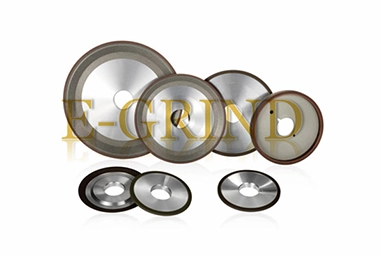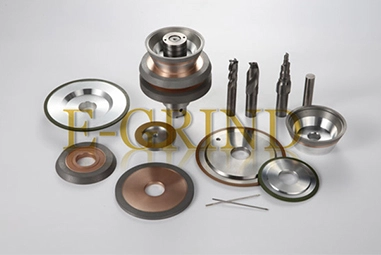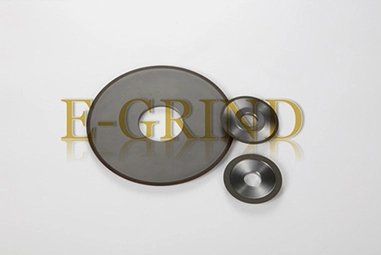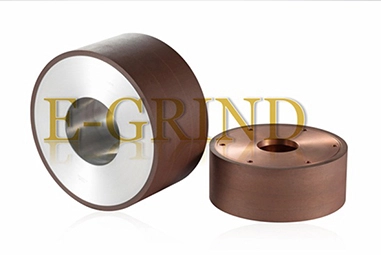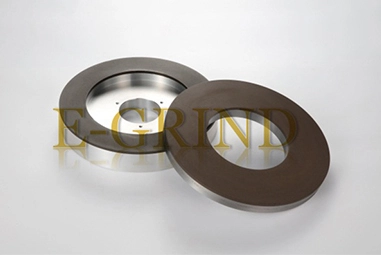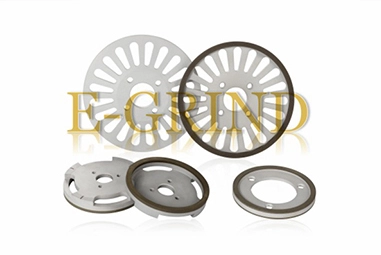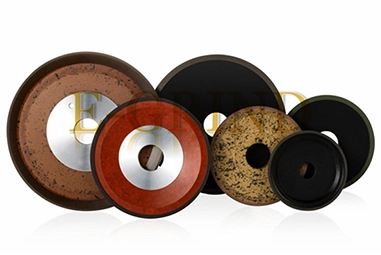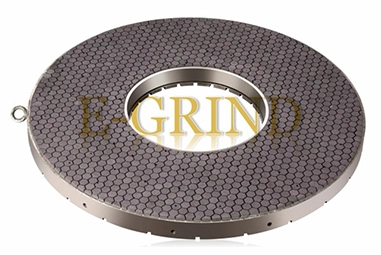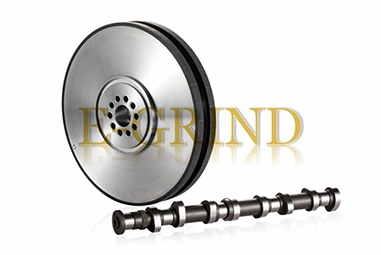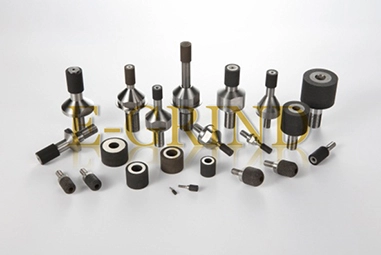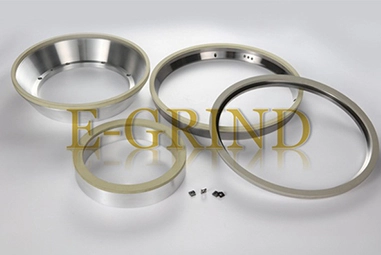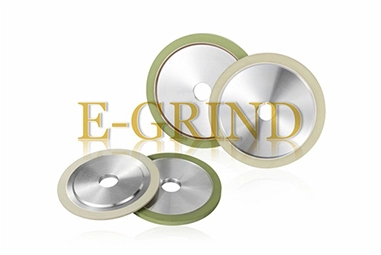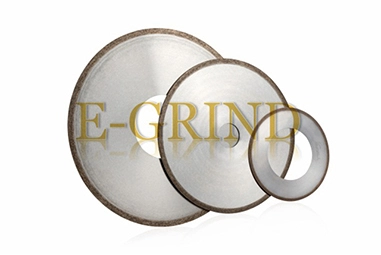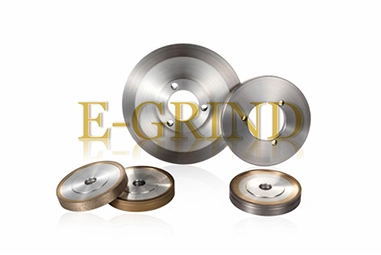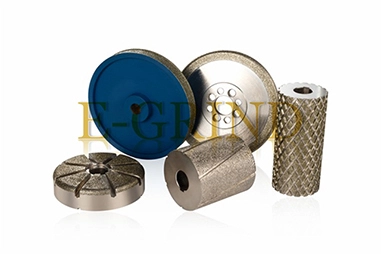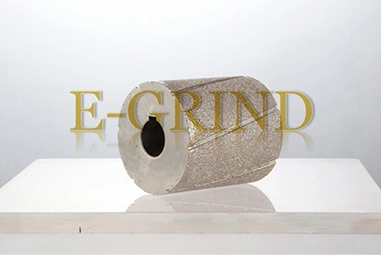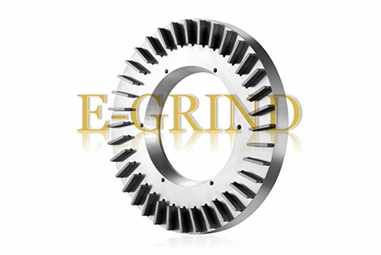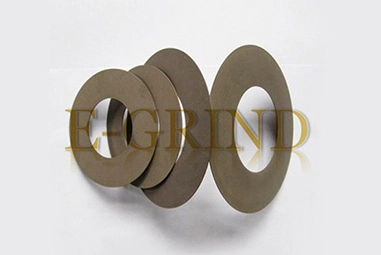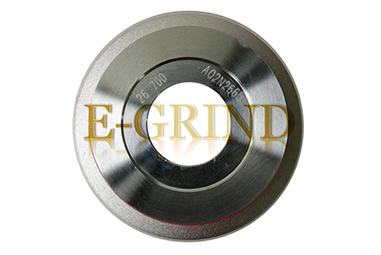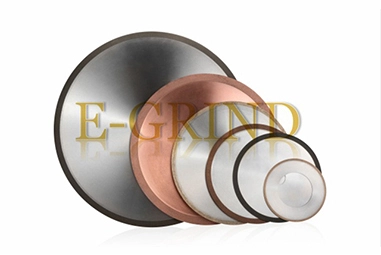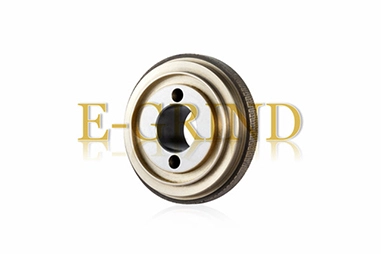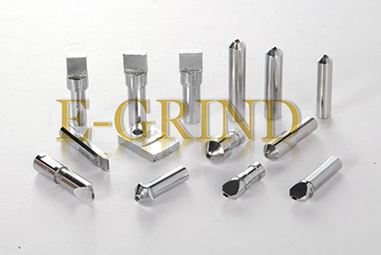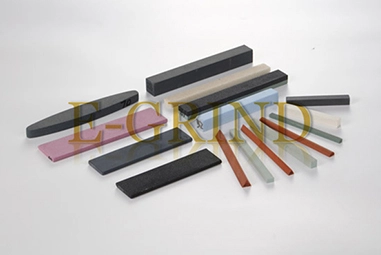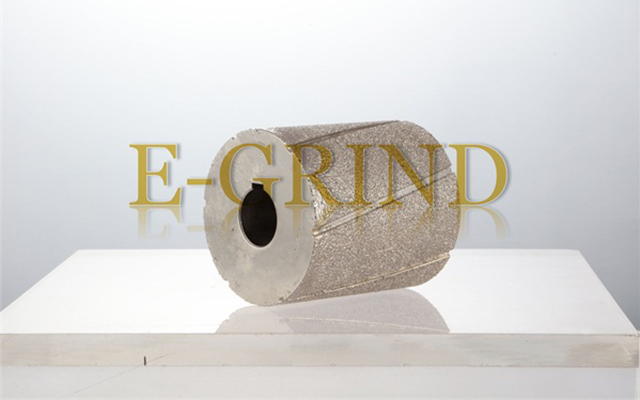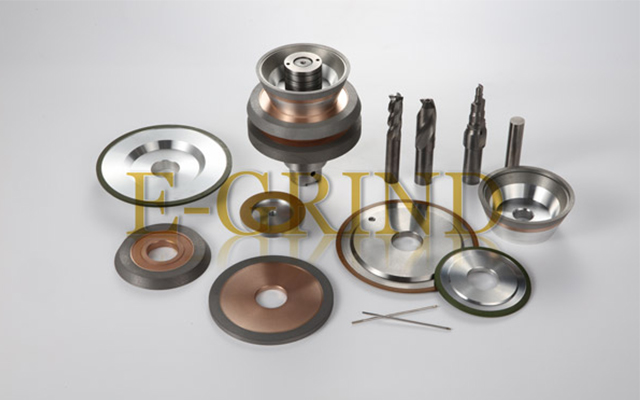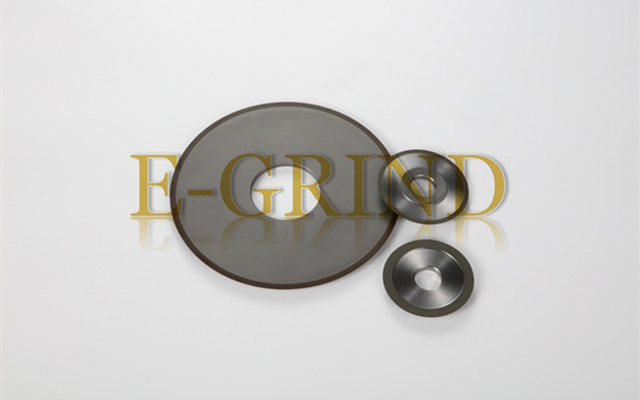In general, "abrasive grains" and "bonds" (binders, cementing matrix, bond materials) are used to describe diamond grinding wheels. At the manufacturing stage, both are in the form of "powder," which is then shaped and sintered to create a diamond grinding wheel. The workpiece is ground and polished by the diamond's abrasive grains, but in order to "cut," the diamond edge must protrude from the grinding wheel's surface.
The grinding wheel's life-affecting variables
Even if one component is modified, the sharpness may not be good and the super abrasive diamond wheels may not have a long life because the specifications of the grinding wheel and the grinding circumstances are intimately entwined to generate the best sharpness and life. You can determine the ideal circumstances for actual machining by examining every possible combination of job, machining parameters, and grinding wheel specs.
Factors that affect the life of the diamond grinding wheel [Specifications of the grinding wheel]
Abrasive grains
Additionally, there are several grades and shapes of diamonds and CBN, and each grade has a unique crushability (toughness) in relation to the level of wear and sharpness.
Particle size
The larger the chips produced during cutting and the more quickly the grinding wheel wears, the coarser the particle size. Even a small change in the particle size throughout the rough process will result in a big change. Contact with diamond grinding wheel manufacturers for more information.
Coupling
The holding forces that keep the abrasive grains in place are also determined by the degree of bonding and bond hardness. The fact that the abrasive grains have a little self-renewal effect and regenerate is directly related to this phenomenon.
Concentration
The quantity of diamond-like abrasive granules. The force placed on a single abrasive grain and the grain's depth of cut both vary with concentration.
Bond type
The characteristics of the bond material, such as resin, metal, vitrified, and electroplated, affect the life of the grinding wheel as well. Resin bond diamond wheels offer flexibility and are ideal for precision grinding, while metal bond grinding wheels provide robustness for heavy-duty applications. Understanding these bond material nuances is essential in selecting the right grinding wheel for specific applications, ensuring an extended wheel life and optimal performance in various machining scenarios.
Factors that affect the life of the diamond grinding wheel [Grinding conditions]
Cutting depth
Too much or too little grinding usually results in issues and may need to be adjusted. If the depth of cut is too shallow when grinding, the abrasive grains that protrude from the grinding wheel's surface won't penetrate the workpiece and the surface will slip, which will unnecessarily raise the grinding heat. Additionally, it causes the workpiece and grinding wheel to burn, which reduces the grinding wheel's sharpness. On the other hand, excessive cutting causes severe damage to vitrified bond diamond grinding wheels, uprooting the abrasive grains and immediately reducing the cutting edges.
Feed rate
The feed rate is comparable to the cutting depth mentioned above; if it is too quick, the load on the grinding wheel will be too great, causing the abrasive grains to fall and the grinding wheel to prematurely wear out. On the other hand, if it moves too slowly, the abrasive grains will slide across the workpiece's surface and heat will build up, burning or dulling the grinding wheel.
Rotational speed (peripheral speed)
The heat generated during grinding is increased by increasing the peripheral speed, which could result in abrasive grain wear. This mostly results in a loss of sharpness, but if the grinding wheel is unable to cut, the amount of grinding wheel dressing stick required will rise and the life of the grinding wheel will also shorten.
Type and amount of grinding fluid
Grinding fluid and grinding oil have the effect of lowering the "grinding resistance" (also known as heat generated during grinding) between the workpiece and the grinding wheel. When viewed from the perspective of cooling, grinding oil and grinding liquid are frequently referred to as coolants. Given the strong connection between the sharpness and the life of the grinding wheel, it is reasonable to assume that the elements affecting sharpness also affect life. Grinding fluid is frequently only considered from the perspective of sharpness, although it is one of the elements that significantly affect the life of the grinding wheel by minimizing abrasive grain wear and eliminating heat generated during grinding.


